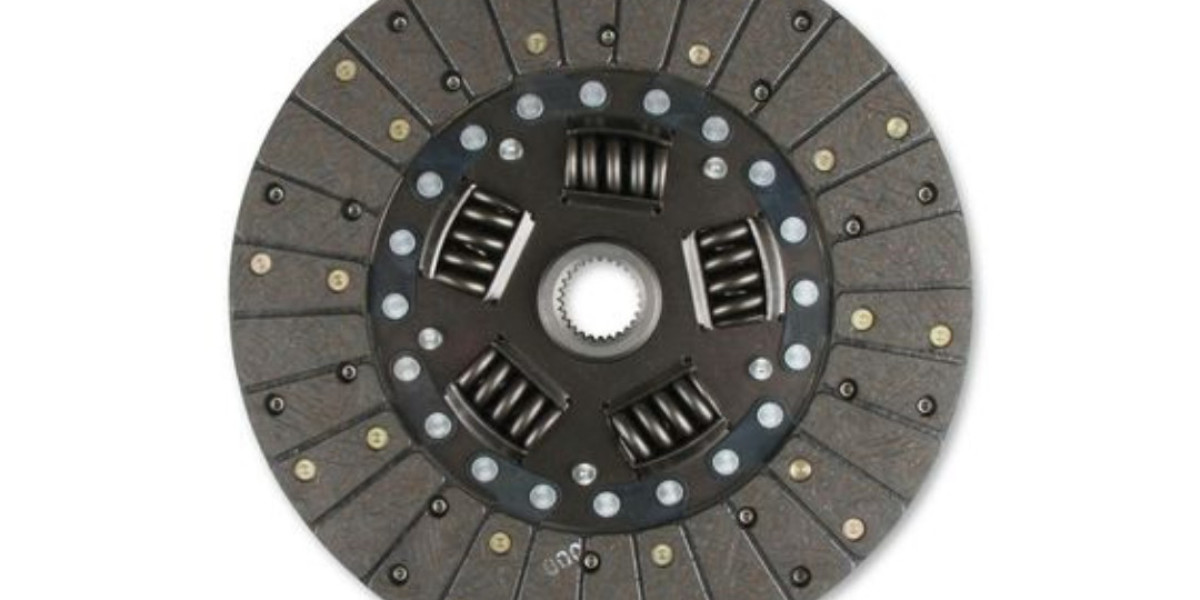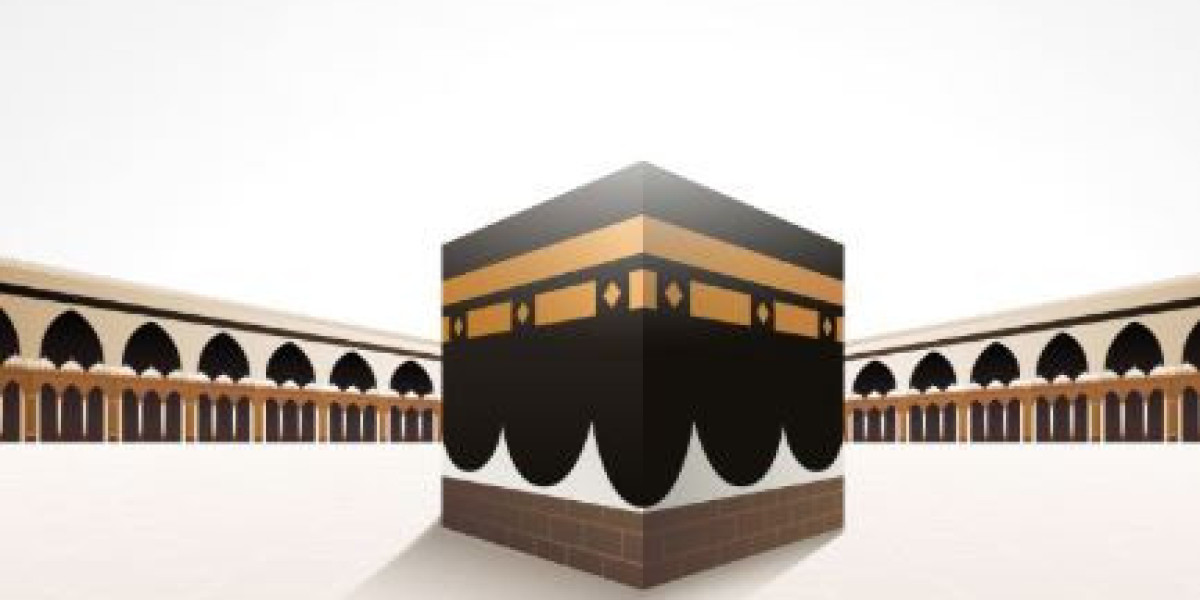What is a Clutch Plate?
The clutch plate is a metal disk located between the engine and the transmission. Its primary function is to engage and disengage the engine from the drivetrain, allowing the vehicle to change gears smoothly. In simple terms, the clutch plate acts as a bridge between the engine's power and the wheels' movement. Without it, the engine's power would not transfer to the wheels effectively, rendering the car unusable.
How Does a Clutch Plate Work?
To understand the working mechanism of a clutch plate, it's essential to grasp the broader clutch system's dynamics. The clutch system comprises three main components: the clutch plate, the pressure plate, and the flywheel.
Flywheel: Attached to the engine's crankshaft, the flywheel stores rotational energy and provides a smooth power transfer.
Pressure Plate: Positioned against the clutch plate, the pressure plate applies force, pressing the clutch plate against the flywheel.
Clutch Plate: Sandwiched between the pressure plate and the flywheel, the clutch plate engages with both to transmit power.
When you press the clutch pedal in a manual transmission vehicle, the pressure plate releases the clutch plate from the flywheel, temporarily disconnecting the engine's power from the transmission. This allows you to shift gears smoothly. When you release the clutch pedal, the pressure plate pushes the clutch plate back against the flywheel, re-establishing the connection and transmitting power to the wheels.
Why is the Clutch Plate Important?
Smooth Gear Shifts: The clutch plate ensures that gear changes happen smoothly without causing jerks or abrupt movements. It allows for the gradual engagement and disengagement of the engine's power, leading to a more comfortable driving experience.
Power Transmission: The clutch plate is responsible for transmitting the engine's power to the transmission and, subsequently, to the wheels. A faulty clutch plate can result in a loss of power, reducing the vehicle's overall performance.
Durability and Longevity: A high-quality clutch plate is designed to withstand the wear and tear of daily driving. However, over time, it may wear out due to friction and heat, necessitating replacement. Regular maintenance and timely replacement of the clutch plate can prevent further damage to the transmission and other components.
Signs of a Worn-Out Clutch Plate
Recognizing the signs of a worn-out clutch plate can save you from unexpected breakdowns and costly repairs. Some common symptoms include:
Slipping Clutch: If the clutch slips while driving, it may be a sign that the clutch plate is worn and unable to grip the flywheel properly.
Difficulty in Shifting Gears: A worn clutch plate can make it challenging to change gears smoothly.
Burning Smell: A burning odor may indicate excessive friction caused by a worn clutch plate.
Vibrations or Unusual Noises: Vibrations or strange noises when engaging the clutch could signal a problem with the clutch plate.
Type of Clutch Plate
Clutch plates are a key component in the transmission system of vehicles, and they come in various types, each designed for specific applications and performance requirements. Here are the main types of clutch plates:
1. Single-Plate Clutch
Description: This is the most common type of clutch plate used in cars and light vehicles. It consists of a single clutch plate that engages and disengages with the flywheel.
Advantages: Simple design, easy to maintain, and cost-effective.
2. Multi-Plate Clutch
Description: This type of clutch uses multiple clutch plates instead of just one. The plates are stacked together and provide a larger surface area for engagement.
Advantages: Higher torque transmission, better cooling due to increased surface area, and more efficient in heavy-duty or high-speed applications.
3. Centrifugal Clutch
Description: The centrifugal clutch engages automatically as engine speed increases. It uses centrifugal force to push the clutch plates against the flywheel.
Advantages: Automatic engagement, reducing the need for manual clutch operation, making it user-friendly.
4. Cone Clutch
Description: A cone clutch uses a conical surface rather than a flat surface for engagement. The clutch plate has a conical shape, which allows for a greater surface area to make contact with the flywheel.
Advantages: Higher friction due to the conical surface, leading to better power transmission.
5. Diaphragm Clutch
Description: The diaphragm clutch uses a diaphragm spring instead of multiple coil springs to apply pressure on the clutch plate. The diaphragm spring is a conical-shaped disk with a series of radial cuts.
Advantages: Requires less pedal effort, compact design, and provides smoother engagement and disengagement.
6. Wet Clutch
Description: Wet clutches are lubricated with oil, which helps in cooling and reduces wear and tear. The clutch plates operate in an oil bath.
Advantages: Better cooling, reduced wear, and smoother operation.
7. Dry Clutch
Description: Unlike wet clutches, dry clutches operate without lubrication. The friction between the clutch plate and the flywheel occurs without any oil.
Advantages: Higher friction, better performance in non-oily environments, and lower maintenance in terms of oil changes.
8. Electromagnetic Clutch
Description: This type of clutch uses electromagnetic force to engage and disengage the clutch. When the electric current is applied, the magnetic field generated pulls the clutch plate towards the flywheel.
Advantages: Precise control, quick engagement, and the ability to be controlled remotely.
9. Double-Plate Clutch
Description: This clutch type uses two clutch plates instead of one, allowing for greater torque transmission. It is similar to a multi-plate clutch but with only two plates.
Advantages: Greater torque capacity, suitable for heavy loads.
Each type of clutch plate is designed to meet specific demands, and understanding their differences can help in selecting the right clutch for your vehicle or machinery.
SKATO AUTOMOTIVE PVT LTD has large variety of Clutch Plates such as:
clutch plates manufacturer: macas clutch, elchico clutch, lipe clutch, setco clutch, luk clutch, clutch button, tata clutch manufacturer, ashok leyland clutch, eicher truck clutch, tata ace clutch, mahindra bolero clutch, tractor clutch, sonalika clutch, ace clutch, swaraj clutch, sonalika, hydra clutch, crane clutch, escorts clutch, new holland clutch, 4 fan clutch plate, 5 fan clutch plate , 352 mm clutch plate , 352 mm cover assembl , 380 mm cover assembly, 380 mm clutch plate, 430 mm clutch plate, 430 mm clutch disc, volvo clutch, dual clutch assembly etc.








